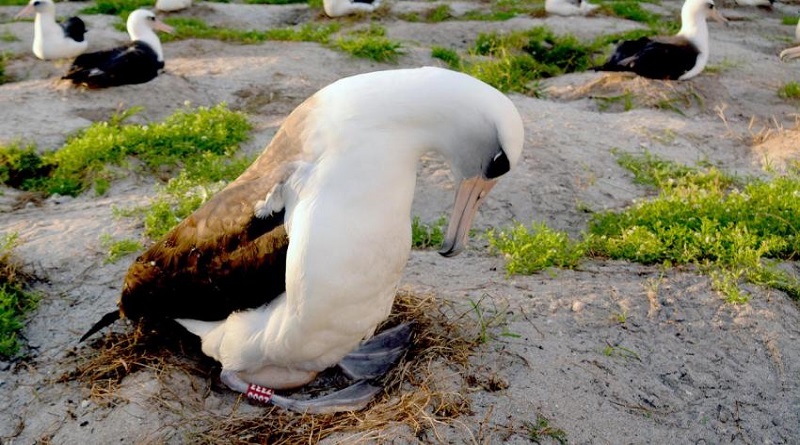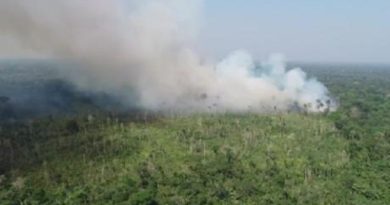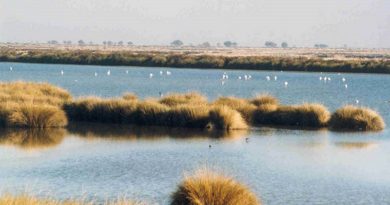Governments, others take up Honolulu Challenge, counter invasive alien
Governments, non-governmental organizations and local communities have taken up the Honolulu Challenge and agreed to take bold actions to counter invasive alien species that harm biodiversity.
During the 2016 World Conservation Congress in Honolulu, a call was made by the International Union for the Conservation of Nature (IUCN) and the host community in Hawaii for greater action in addressing invasive alien species in order to protect biodiversity and human wellbeing from their impacts.
Invasive alien species are species that have been moved by humans, either by accident or intentionally, into areas outside of their natural habitats, and pose negative impacts upon native biodiversity, ecosystem services or human well-being. Governments, non-governmental organizations and communities are making progress by taking steps to put preventive measures in place, and to eradicate or control already established invasive alien species.
“We need more bold actions,” said Braulio Ferreira de Souza Dias, Executive Secretary of the Convention on Biological Diversity, at the launch of the Honolulu Challenge. “Several global targets, including Aichi Biodiversity Targets 9 and 12, are far from being met. Invasive species still wreak havoc on numerous threatened species and ecosystems and have a serious economic impact in all countries. This is particularly relevant to oceanic islands, where urgent action is needed to prevent and eradicate invasive alien species which pose high risk on endemic and endangered species. More collaboration and fast actions are needed.”
Invasive alien species are a major driver of species extinction and also threaten agricultural, forestry and aquaculture production.
Their negative impact costs 20 billion Euros in the European Union each year, according to the Institute of European Environmental Policy, and 120 billion US dollars in the United States. The problem is growing globally due to the influences of globalization and climate change.
Between 1970 and 2007, the number of invasive alien species in Europe grew by 76 per cent.
The Honolulu Challenge proposes eleven measures to address this threat, including to:
Multiply efforts to develop and enact effective bio- security policies and programs for countries and islands; Greatly increase the number and scale of invasive alien species eradications, especially on islands and in other priority sites; Integrate prevention and control of invasive alien species into planning and management for Protected Areas and Key Biodiversity Areas; invest in the development, application and sharing of innovative technologies, and other solutions to prevent further invasions, and eradicate or control invasive alien species; Engage with relevant sectors and civil society to raise awareness of invasive alien species, including the compounded impacts under climate change, and increase public support for potential solutions.
Four governments and expert organizations declared commitments to achieve their challenges at the launch in Honolulu.
New Zealand has committed to making the country free from invasive alien predators by 2050, and to eradicate all invasive alien species from island nature reserves by 2025. The Australian Commonwealth Scientific and Industrial Research Organisation (CSIRO) has committed to doubling its long-term co-investment in invasive alien species management. Birdlife International aims to remove invasive alien threats from at least a further 35 oceanic islands worldwide by 2020.Island Conservation has committed to protect more than 100 threatened species at risk from invasive species on 40 oceanic islands by 2020.
The Secretariat of the Convention on Biological Diversity is a supporter of this initiative.
At its UN Biodiversity Conference1, to be held in Cancun, Mexico, from 4 to 17 December 2016, the Conference of the Parties to the Convention on Biological Diversity will consider further measures to be taken under the Convention to achieve Aichi Biodiversity Target 9.




